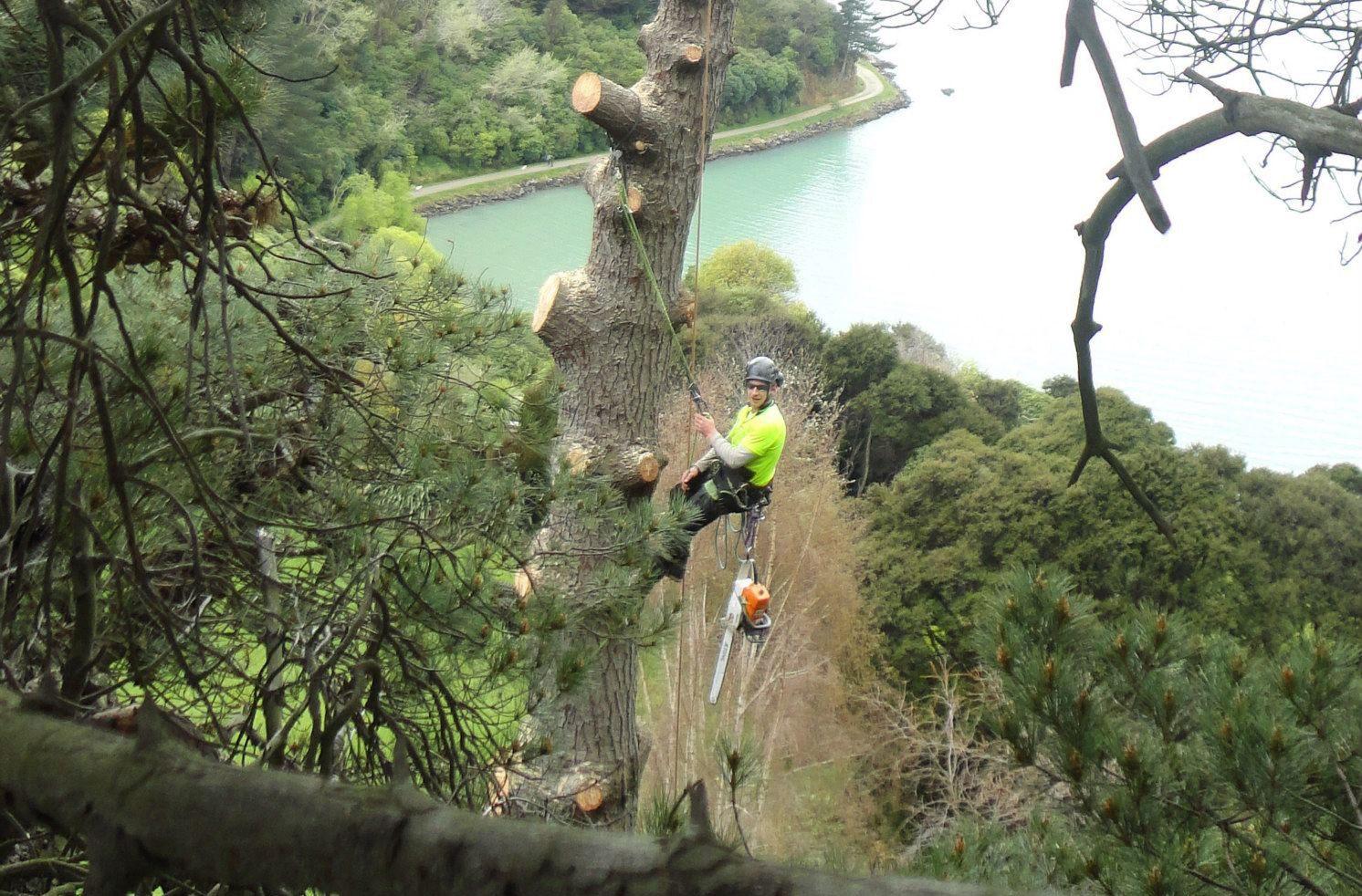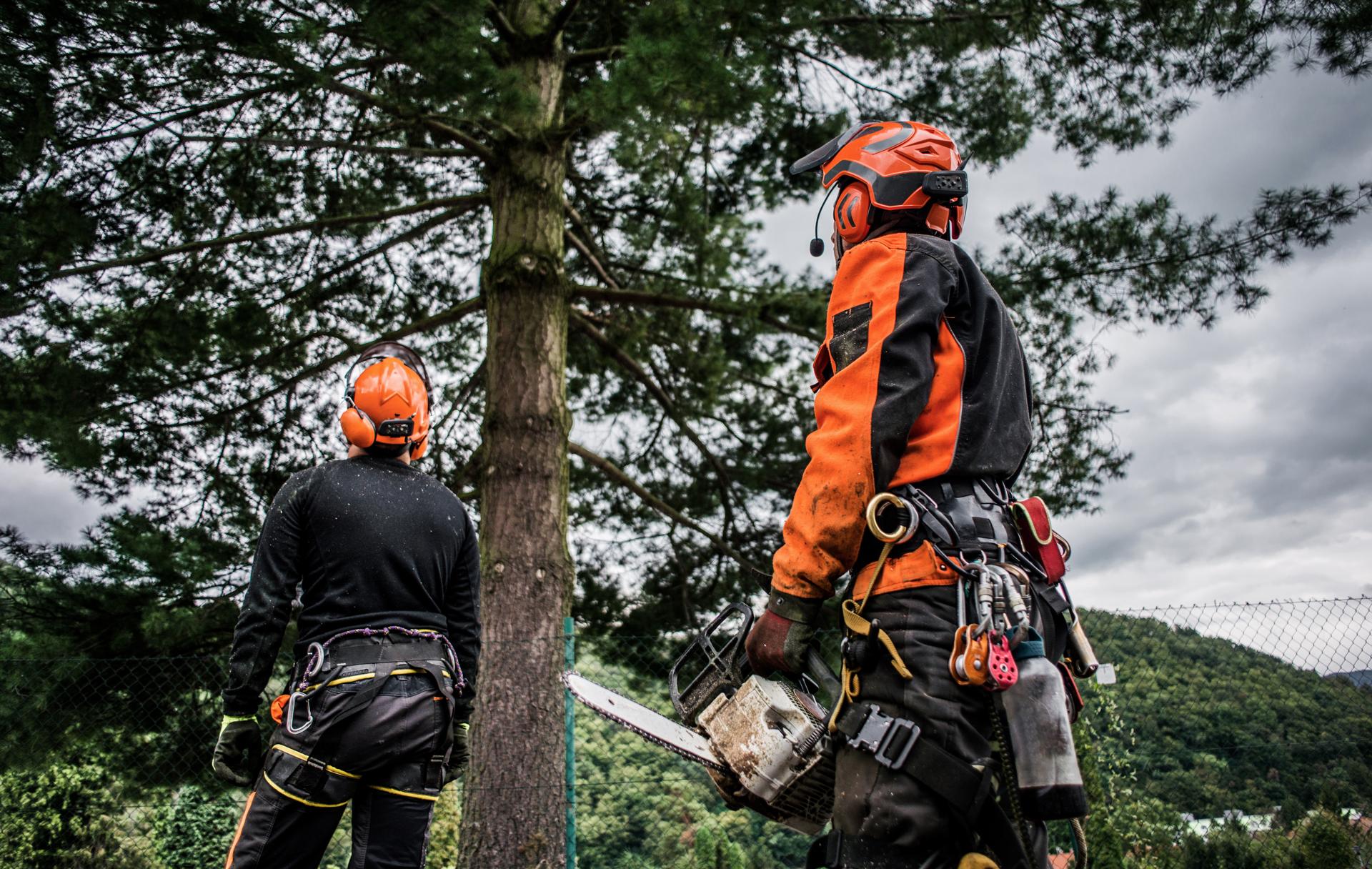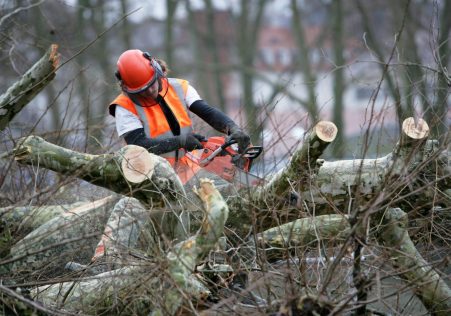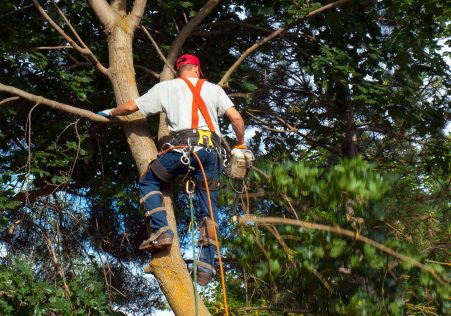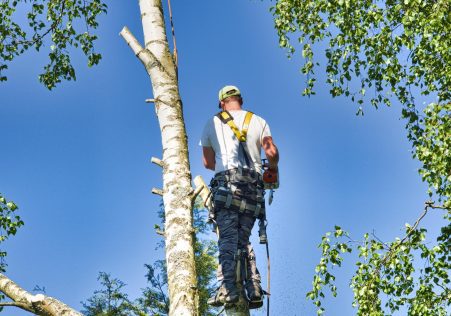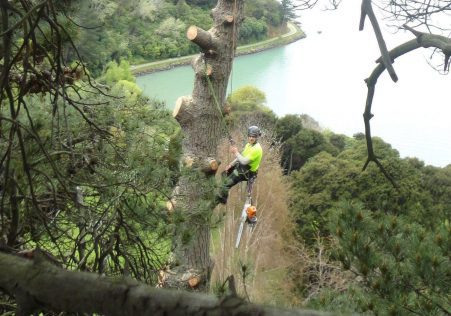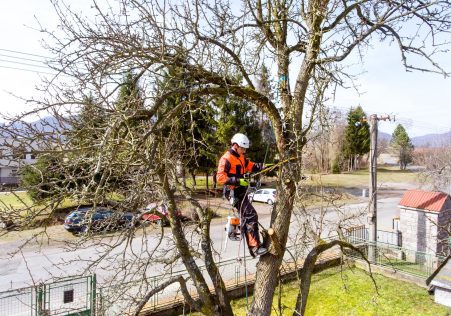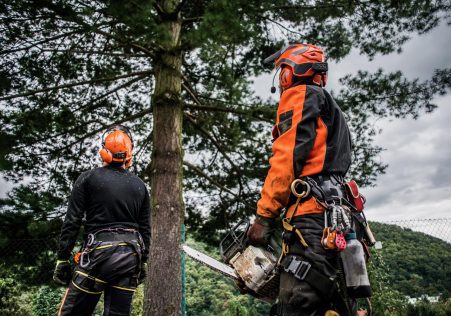The importance of protected Trees and how to identify Them

Trees play an important part in the environment by providing shade, fresh air and aesthetic value to our surroundings. However they are not all alike and some have an additional status of protection, making it illegal to carry out any work without permission. If you’re considering having a tree removed it is essential to know the status of protection for the tree you’re considering, and what steps you’ll need to take to comply with the laws. This article we’ll guide you through the steps to determine if a tree is safe and exactly what steps you have to do to ensure that you are following the law.
What is a protected tree?
A protected tree is one that is subject to specific laws and regulations, and it’s illegal to carry out works on a tree without obtaining the necessary permissions. There are two types of protection a tree might have: preservation orders and protection orders.
Statutory protection
In the context of statutory protection, trees are protected by the law, and they are in the hands of Tree Preservation Orders (TPOs). TPOs are enacted by local authorities to safeguard trees with a significant public value and to ensure that they do not get damaged or destroyed.
Preservation orders
Preservation orders are like TPOs in that they are put in place from the Secretary of State responsible for Environment. The trees that are protected by preservation orders are considered to have an exceptional value and are protected from any work, including cutting down.
How can I tell whether a tree is safe?
To determine if the tree is protected, you must to check if it is under an TPO or preservation orders. It is done by contacting the authorities in your area and asking them look up for records.
TPO search
If you want to find the TPO You can reach an Tree and Woodland Officer at the local authority. They will inform you whether the tree is protected. They will also be able advise you about the next steps to do if your tree is protected.
Preservation order search
If you are looking for a preservation order you must contact Secretary of State, Department of the Environment. They will inform you whether the tree is protected and give you the information you require and direction.
FAQs:
What happens if I carry out work on a tree that is protected without permission?
If you do work on a protected tree without obtaining the necessary authorizations, you could be subject to significant fines, and possibly even jail time.
Can I appeal a TPO or preservation order?
You can appeal a TPO or preservation or TPO if it’s not justifiable. However, you will need be able to present evidence to back your claim and explain that the TPO or preservation order isn’t necessary.
Can I take down a protected tree?
It is against the law to remove trees that are protected without the required permissions. If you need removal of the tree then you must apply for permission and provide evidence to support your case.
Conclusion
In the end, determining if a tree is protected is an essential aspect in ensuring that any tree work carried out legally. If you know the various types of protection and the best way to identify them, you can ensure that you’re following the law and protecting the trees that you are responsible for. If you’re not sure about the protection status of the tree you are in charge of, we suggest consulting a reputable tree specialist such as Penrith Aborist. Our arborists are experienced and will be able to inform you about the protection status of your trees and walk you through the steps to make sure you’re acting within the laws. With our knowledge and dedication to providing top-quality tree care We can assist you to maintain the beauty and worth of your trees. Call us now at 0480 024 267 to schedule a appointment, and let us guide you on how to keep your trees protected and healthy.

